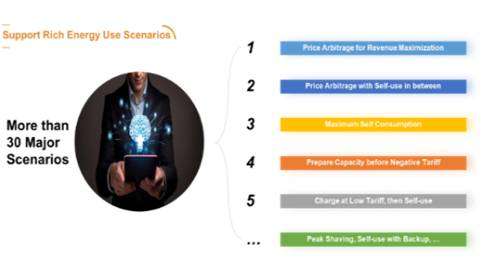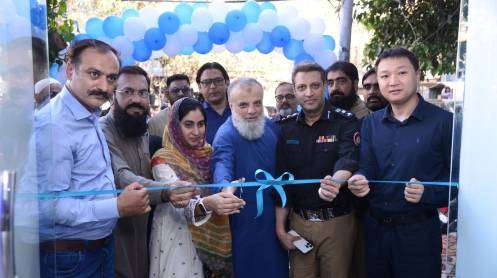Energy investment ranges from $62 billion to $155 billion till 2030, a local newspaper reported on Sunday.
According to ADB’s Central Asia Regional Economic Cooperation (CAREC) Energy Outlook for 2030 report, energy investment needs until 2030 vary significantly across the three scenarios, with estimates ranging from $62 billion to $155 billion.
The power generation and the energy efficiency sector need the most significant investments owing to the rapidly growing demand and low baseline efficiency. In all three scenarios, the largest investments are needed for the development of the country’s hydropower capacity, ranging from $11 billion to $26 billion.
Investment needs for wind and solar energy are expected to reach nearly $12 billion in the business-as-usual scenario, $36 billion in the government commitments scenario, and $57 billion in the green growth scenario, which illustrates the country’s ambitious plans for harnessing its large renewable energy potential.
Moreover, based on the nation’s nuclear power generation goals, the business-as-usual scenario, the government commitments scenario, and the green growth scenario all call for investments in nuclear facility expansion and rehabilitation totaling close to $12 billion, $21 billion, and $31 billion, respectively.
According to estimates, investment categories for generational repair and expansion will need the largest portion of the total — somewhere between 60 and 75 percent, or $38 billion and $115 billion, depending on the situation. Energy efficiency initiatives on the consumer side are the second-largest category, costing $12 billion in the “business as usual” scenario, nearly $21 billion in the “government commitment” scenario, and more than $26 billion in the “green growth” scenario.
The modernization and expansion of the power and gas grids and the introduction of advanced metering equipment require investments of approximately $13 billion to $14 billion.
To further unlock Pakistan’s energy market for private companies, several challenges must be addressed. One of the key challenges is the lack of clarity regarding the categorization of resources.







